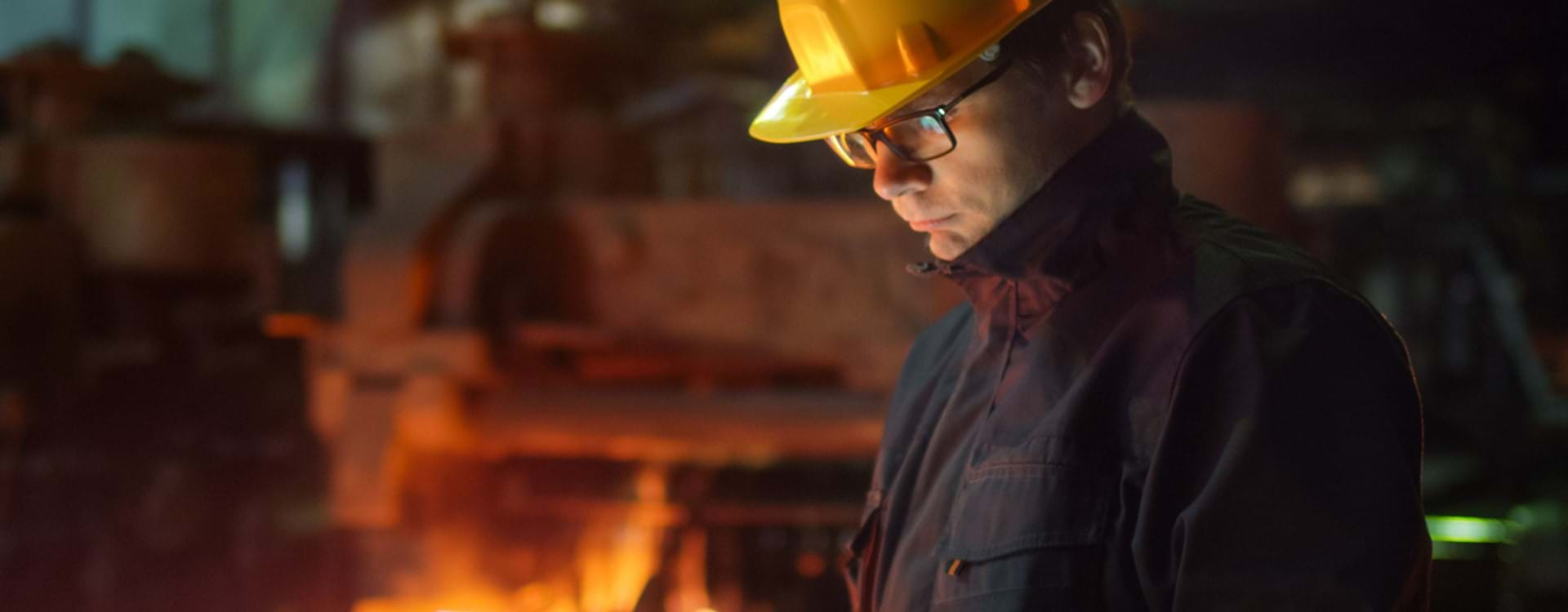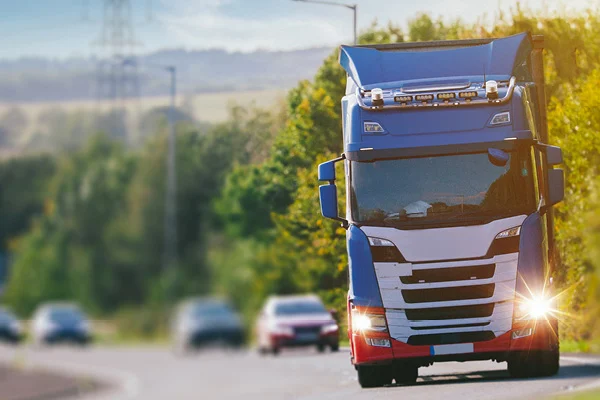
Making the business case for a long term energy management strategy
This presentation template has been created to support you in securing senior management buy-in for...


This presentation template has been created to support you in securing senior management buy-in for...

Following the Prime Minister’s pledge to ‘build back greener’, and ahead of the Chancellor of the...
For a new quote or a renewal please call:
Show Phone Number 0330 912 8884For existing customer service please call:
Show Phone Number 0800 138 2322We’re open:
Monday, Tuesday, Thursday 9am-5 pm
Wednesday 9am-5pm
(Customer Services 9am-12.30pm)
Friday 9am-4.30pm
Excluding public holidays.
For a new quote or a renewal please call:
For existing customer service please call:
We’re open:
Monday, Tuesday, Thursday 9am-5 pm
Wednesday 9am-5pm
(Customer Services 9am-12.30pm)
Friday 9am-4.30pm
Excluding public holidays.
For a new quote or a renewal please call:
Show Phone Number 0330 053 2934For existing customer service please call:
Show Phone Number 0800 138 2322We’re open:
Monday, Tuesday, Thursday 9am-5 pm
Wednesday 9am-5pm
(Customer Services 9am-12.30pm)
Friday 9am-4.30pm
Excluding public holidays.
To discuss a quote or a renewal for one of your clients please call:
Show Phone Number 0330 175 9574For existing customer service please call:
Show Phone Number 0800 138 2322We’re open:
Monday, Tuesday, Thursday 9am-5 pm
Wednesday 9am-5pm
(Customer Services 9am-12.30pm)
Friday 9am-4.30pm
Excluding public holidays.
npower Business Solutions does not provide energy for homes. We do not hold any accounts, information or services for home energy. If you are a customer who was previously with npower for your energy at home, you have been moved to E.ON Next, who offer specialist services, designed to support you. Please visit the E.ON Next site for support, and all the information you need about home energy, from your existing account to new quotes.
npower Business Solutions does not provide energy for smaller businesses and we are unable to provide quotes. We do not hold any small business account information or services. If you are a small business who was previously with npower, you have been moved to E.ON Next, who offer specialist services, designed to support you. Please visit the E.ON Next site for support, and all the information you need about small business energy, from your existing account to new quotes.